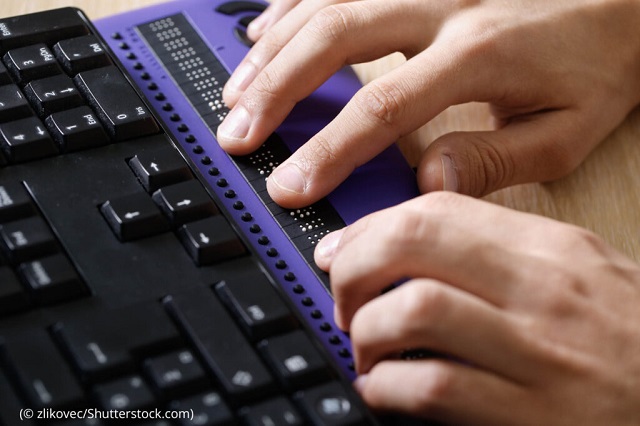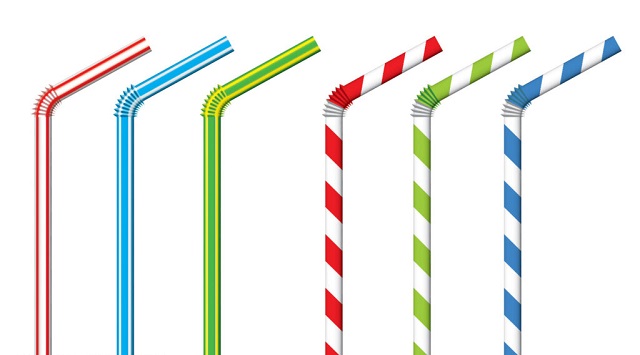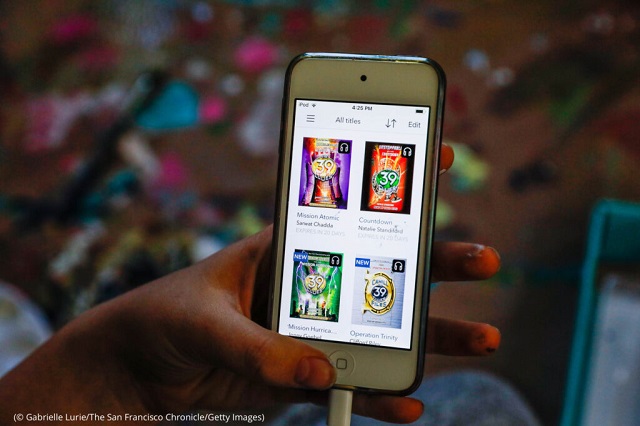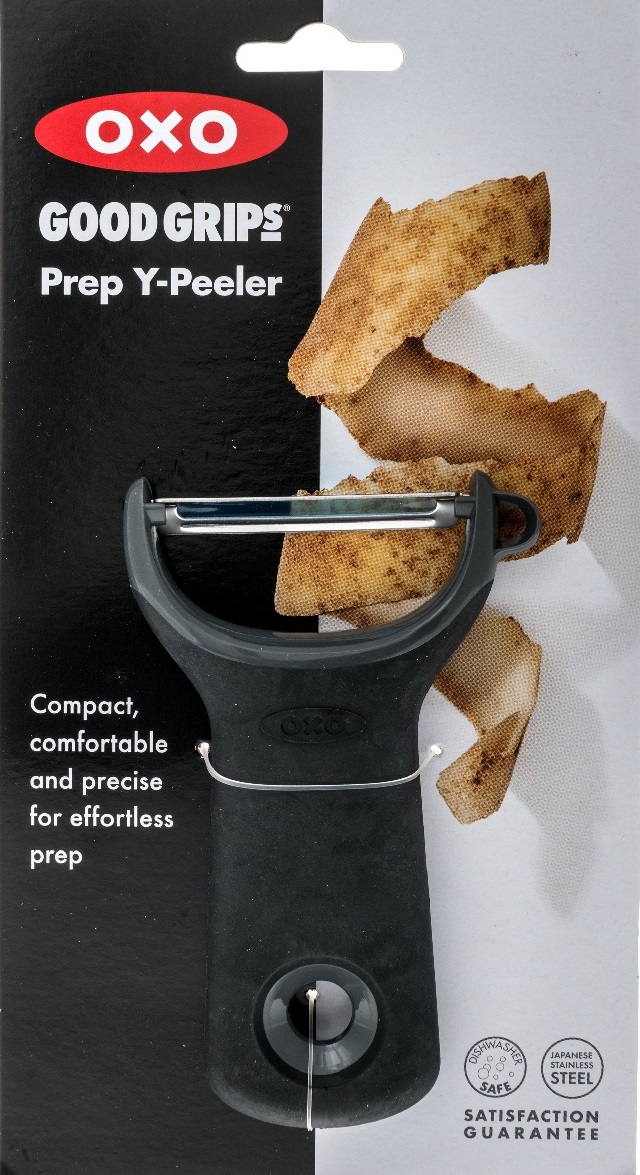Every day, people text friends, use keyboards or listen to audiobooks.
We couldn’t do any of these things if not for research into and development of products designed for people with disabilities.
In fact, the 1.3 billion people with disabilities around the world spur innovations and, in many cases, are themselves patent holders who — when faced with a problem — build a solution that helps people everywhere.
Here are a few examples.
Typing
Who designed the first prototype of a typewriter is up for debate. However, Italian Pellegrino Turri — who, in 1808, created a machine for his blind friend Countess Carolina Fantoni da Fivizzano — is a top contender. (The countess’s typed letters on carbon paper are in the state archives in Reggio Emilia, Italy.)

Braille keyboards allow vision impaired and blind users to use computing technologies. (© zlikovec/Shutterstock.com)
As the typewriter developed into the 20th century, it became more accessible to people with visual and motor disabilities. Today, nearly everyone uses a keyboard daily, and computers and laptops now offer an array of adaptive technologies such as Braille keyboards and voice-to-text computing.
Texting
When Alexander Graham Bell invented the telephone in 1876, he intended it to help people who were hard of hearing. While that plan didn’t work out, almost a century later, James Marsters, an orthodontist who had lost his hearing during infancy, invented a device that relayed typewritten conversations through a telephone. Marsters’ TTY system enabled tens of thousands of deaf people to regularly communicate with hearing people. In the 1990s, that technology was overtaken by text messaging (SMS), invented to help people who are deaf or hard of hearing and used by mobile phone users everywhere.

Smartphones were designed to be accessible. (Photo by: Education Images/Universal Images Group via Getty Images)
In 2001, a three-year project began among several European research teams, organizations that support deaf people, and Vodafone UK to ensure 3G texting would not only be inclusive for deaf and hard of hearing people but also easy to use and an enhancement to their daily lives. The resulting technology is used in today’s 5G iterations by billions of people around the world — whether deaf, hard of hearing or hearing.
Sipping
Straws that bend were created for sick or not fully mobile people to make it easier for them to drink liquids without lifting a cup or straight straw. Joseph Friedman created the design in the 1930s and revised it a few years later. By the 1940s, his paper, bendable straws were widely used by patients in U.S. hospitals.

Bendable straws are still used in hospitals and are popular at restaurants and coffee shops. (© Leszek Glasner/Shutterstock.com)
Today, bendable straws enable some people with disabilities to consume food and drinks. Many other people use them just for convenience. (In the U.S., some localities have banned the plastic versions due to concerns about plastic waste ending up in waterways.)
Listening
In 1932, the American Federation for the Blind created audiobooks on vinyl for the blind. (This would not have been possible had not American inventor Thomas Edison, who himself had a disability, developed the phonograph much earlier, in 1877.) Each side of a record held 15 minutes of audio, and the records came in sets containing complete texts of popular works such as Shakespeare’s plays or the U.S. Constitution. In 1932, Congress passed legislation that allowed the Library of Congress to produce audiobooks, thereby increasing the number of available titles.

Today, audiobooks are downloaded to smartphones, tablets or other devices. (© Gabrielle Lurie/The San Francisco Chronicle/Getty Images)
Now, audiobooks are popular among all people — not just those with disabilities — as a way to enjoy their favorite authors. The Audio Publishers Association estimates that half of Americans have listened to at least one audiobook.
Cooking
The global kitchen brand OXO was inspired by the experience of founder Sam Farber when he watched his wife Betsey, who has arthritis, try to peel vegetables. He decided to make easier-to-use kitchen tools for all people, but especially for chronic pain sufferers like Betsey.

(© Shutterstock.com)
Two decades later, OXO’s Good Grips line is used around the world by people with and without physical disabilities.
“It’s hard to think of a vegetable peeler as radical,” Farber said in 2000. “But I guess it was.”
Banner image: Mobile phones, used by a wide range of people, were designed with the needs of people with disabilities in mind. (© Rajesh Kumar Singh/AP)
The original article is here on ShareAmerica.







COMMENTS0
LEAVE A COMMENT
TOP